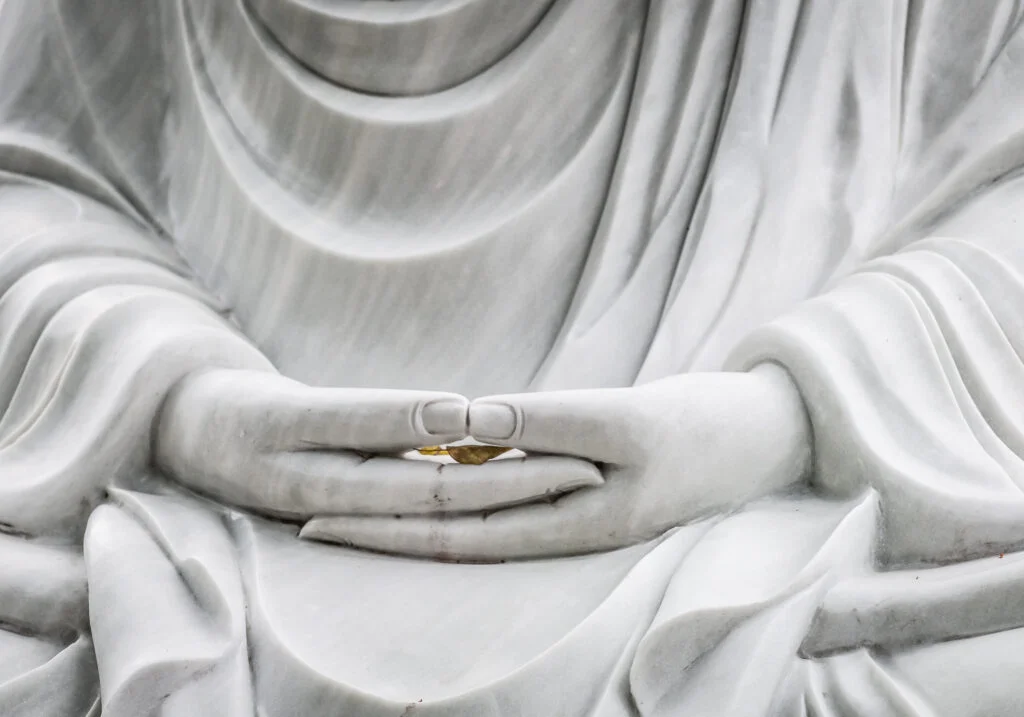The ultimate goal of Buddhism is to reach a state where there is no suffering, desire, or sense of self. This state is characterised by the release from the effects of karma and the cycle of death and rebirth. It is known as the state of Nirvana, where the subject has attained complete liberation.
Welcome, my friends. Today, we will delve into the profound concept of Nirvana, a term most commonly associated with Buddhism. Nirvana refers to the state of ultimate peace and liberation from suffering that one achieves after dedicated spiritual practice and the attainment of Moksha. This concept is not just limited to Buddhism but can also be found in Hinduism and Jainism.

In Buddhism, the ultimate aim is to achieve the timeless state of Nirvana. The path to Nirvana is through the Eightfold Path and the practice of mindfulness. It is the ultimate goal of Buddhism, and all Buddhist teachings aim to attain this state of being. However, the concept of Nirvana did not originate in Buddhism. It has its roots in Vedic culture, where it conveyed the notion of “immortality” and “the still point of the turning world of time.”
The Vedic thinkers challenged the simplistic idea of the afterlife based on cumulative virtues or vices. They introduced the concept of rebirth based on one’s merit, which appears in Buddhist texts as well. The endless cycle of life, death, and rebirth, known as Samsara, depends on karma.
The attainment of Nirvana is not an easy task. It requires constant effort and dedication to the practice of mindfulness and the Eightfold Path. It is a state of mind where one has transcended all suffering and reached the ultimate state of peace and liberation. The concept of Nirvana may seem elusive, but with practice and dedication, it can be achieved.
May you all find the path to Nirvana, and may your journey be filled with peace, love, and compassion.
